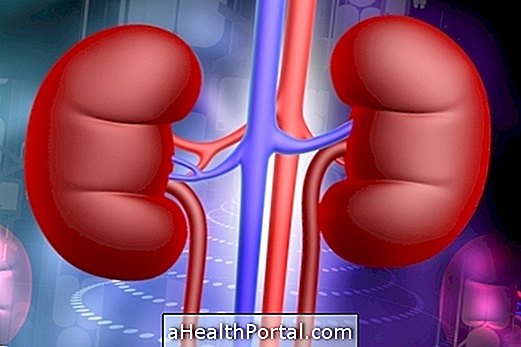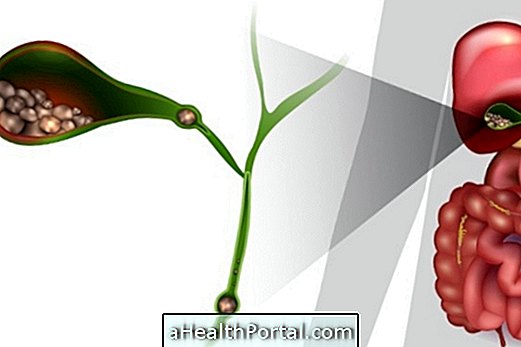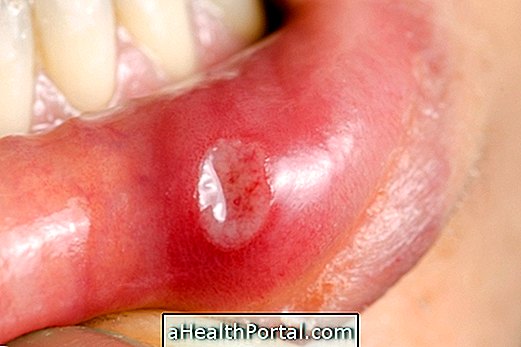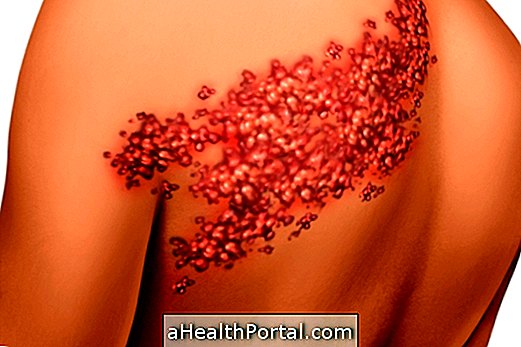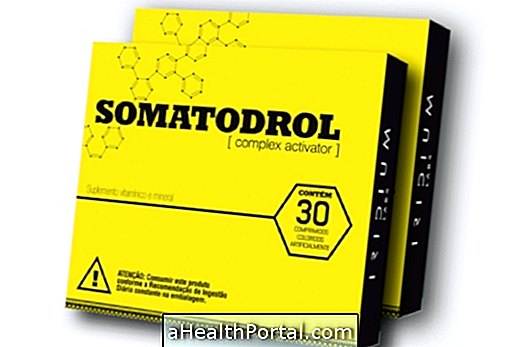The treatment for inflammation of the Bartholin gland, also known as Bartolinite, should always be directed by the gynecologist and is usually only done when symptoms such as pain during daily activities, exits of pus or fever, for example.
Usually, treatment is started with the use of anti-inflammatories, such as Ibuprofen or Naproxen, and analgesics such as Paracetamol or Dipirone.

However, if symptoms persist after 5 days, it may be necessary to use:
- Antibiotics such as Cephalexin or Ciprofloxacin: if there is a suspected infection or sexually transmitted disease;
- Surgical drainage: serves to remove the fluid that is accumulating in the glands. For this, the doctor applies local anesthesia and then makes a small incision in the place;
- Marsupialization : is a surgical technique used especially in recurrent cases. For this, an opening of the glands is made and then its borders are joined to the skin, to avoid that they return to accumulate liquid;
Already the surgery to completely remove the glands of Bartholin, called Bartolinectomia, is usually only used in a last resort, when none of the previous treatments can solve the problem or when the inflammation of these glands arises very frequently.
After drainage, marsupialization, or surgery, it is very important that you go back to the gynecologist for at least 48 hours to assess if there is any fluid accumulating again. To prevent this from happening, it may be advisable to take 15-minute seat baths with warm water at least 3 times a day.
Bartholin's gland can ignite due to the accumulation of the lubricating liquid inside, however if there is poor hygiene, this inflammation can become an infection due to the accumulation of bacteria, worsening the symptoms. Learn more about Bartholin's glands and how to care for them.
Home Treatment Options
The best form of home treatment for inflammation of the Bartholin's gland is to perform a sitting bath with warm water at 35ºC for 15 minutes, at least 3 to 4 times a day. The sitz bath helps the glands to relax and release the fluid that is accumulating inside it, reducing the inflammation and all associated discomfort.
However, it is also possible to add to the sitz bath some medicinal plants with anti-inflammatory, anti-bactericidal, antiseptic or gynecological healing properties, such as barbatimão or aroeira, which will accelerate medical treatment.
Ingredients
- 15 g of barbatimão bark;
- 15 g of the bark of aroeira;
- 1 liter of water.
Method of preparation
Bring the ingredients to a boil for 10 minutes. Then allow to bake, strain and make the bath for at least 15 minutes, 3 times a day.





